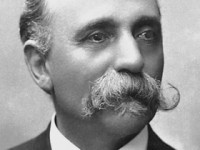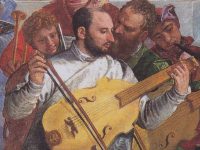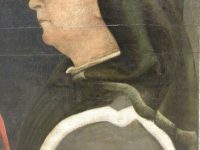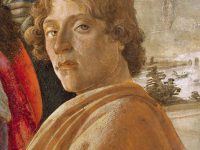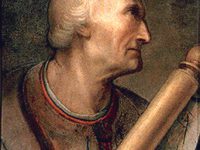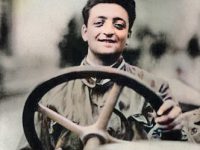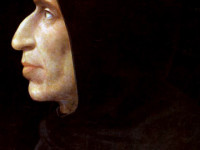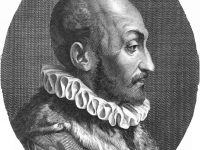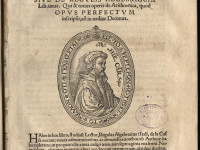Camillo Golgi and the Golgi Apparatus
On July 7, 1843, Italian physician, pathologist, scientist, and Nobel laureate Camillo Golgi was born. His key discovery was the use of silver salts to stain samples for microscope slides. Thus new details of cellular structure components were revealed and several phenomena in anatomy and physiology are named for him, including the Golgi apparatus. Camillo Golgi – Early Years Camillo Golgi was born near Brescia in northern Italy. His father was a…
Read more

